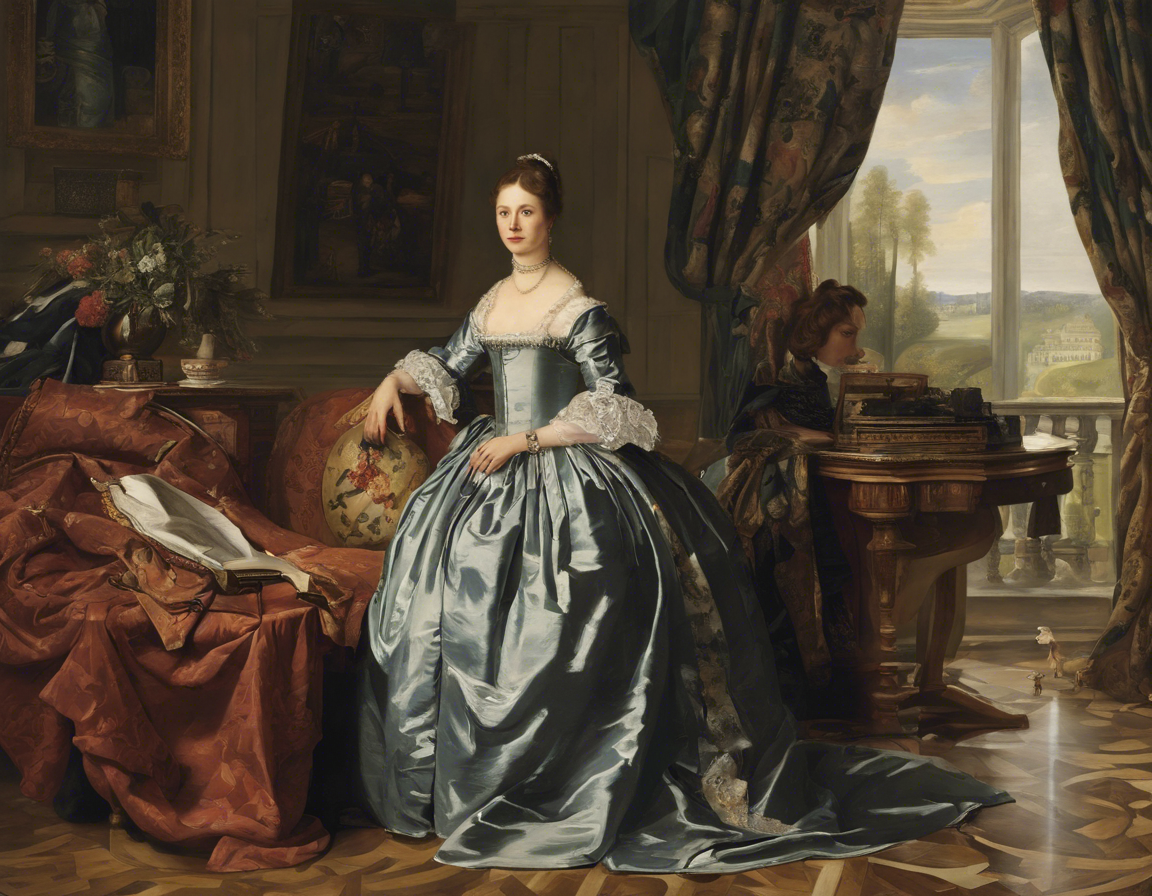Introduction
Henry James’ novel “The Portrait of a Lady” is a classic work of literature that delves into the complexities of human relationships, self-discovery, and the constraints of societal expectations. Set in the late 19th century, the novel follows the story of Isabel Archer, a young American woman who inherits a large fortune and is thrust into the sophisticated social circles of Europe. As Isabel navigates the challenges presented by her newfound wealth and independence, she grapples with questions of love, freedom, and identity.
Character Analysis
- Isabel Archer:
- The protagonist of the novel, Isabel is characterized by her intelligence, independence, and idealism. She is determined to make her own choices and shape her own destiny, despite the pressures of society.
-
Through Isabel’s experiences, James explores the theme of freedom versus obligation, as she must balance her desire for independence with the expectations placed upon her as a woman of her time.
-
Gilbert Osmond:
- A suave and manipulative man who becomes romantically involved with Isabel, Osmond represents the constraints of societal norms and the dangers of falling prey to external influences.
-
Osmond’s control over Isabel highlights the power dynamics at play in their relationship, as he seeks to mold her into his ideal image of a woman.
-
Madame Merle:
- A sophisticated and enigmatic woman, Madame Merle is instrumental in orchestrating the events that shape Isabel’s fate. She serves as a foil to Isabel, embodying the consequences of sacrificing one’s integrity for social advancement.
- Madame Merle’s betrayal of Isabel underscores the theme of trust and deception, as she proves to be a complex and unpredictable character.
Themes and Motifs
- Freedom vs. Confinement:
- A central theme in the novel, the tension between freedom and confinement is exemplified through Isabel’s struggle to assert her independence while navigating the constraints of her social milieu.
-
James uses the motif of physical spaces, such as the opulent interiors of European palaces, to symbolize the limits placed on Isabel’s personal agency.
-
Identity and Self-Discovery:
- Isabel’s journey of self-discovery is fraught with challenges as she grapples with questions of who she is and what she wants out of life. Her interactions with various characters, such as Ralph Touchett and Caspar Goodwood, prompt her to reflect on her values and priorities.
-
The portrait that gives the novel its title serves as a metaphor for Isabel’s evolving sense of self, as she confronts the discrepancies between her inner desires and external expectations.
-
Betrayal and Deception:
- Throughout the novel, betrayal and deception loom large as characters reveal their true motives and allegiances. Isabel’s trust is repeatedly tested, leading her to question the authenticity of her relationships.
- The twists and turns of the plot underscore the complexity of human nature, as characters grapple with their own desires and ambitions at the expense of others.
Frequently Asked Questions (FAQs)
- **What is the significance of the portrait in “The Portrait of a Lady”?
-
The portrait symbolizes the idea of self-reflection and the discrepancies between inner desires and external expectations. It serves as a metaphor for Isabel’s journey of self-discovery and the complexities of identity.
-
**How does Henry James explore the theme of freedom in the novel?
-
James examines the tension between personal freedom and societal constraints through Isabel’s experiences and choices. Her struggle to assert her independence amidst the expectations of her social milieu underscores the challenges of pursuing autonomy.
-
**What role do relationships play in shaping Isabel’s character?
-
Isabel’s interactions with various characters, such as Gilbert Osmond and Madame Merle, influence her development and choices throughout the novel. Her relationships serve as catalysts for self-discovery and personal growth, highlighting the impact of external influences on one’s identity.
-
**How does the setting of Europe contribute to the overall tone of the novel?
-
The European setting of “The Portrait of a Lady” reflects the sophistication and opulence of the social circles in which Isabel finds herself. The contrast between her American upbringing and the Old World traditions underscores the clash of cultures and values that shape the narrative.
-
**In what ways does Isabel’s character challenge traditional gender roles?
- Isabel defies conventional expectations for women of her time by asserting her independence and resisting societal norms. Her refusal to conform to traditional gender roles underscores her strength of character and determination to carve out her own path in life.
